Looking for the best Linux distro 2024? With so many options available, finding the right one can be a bit tricky. Short for distributions, Linux distributions are operating systems based on the Linux kernel. They come in a variety of flavors, each offering unique features such as package management systems and target audiences.
In this article, we will review the five best Linux distro 2024, comparing and examining their system requirements to help you make an informed decision.
The best Linux Distro 2024 you must try
Now, let’s delve into the top contenders. We’ll discuss the five best Linux distros in 2024 and examine their system requirements to help you find the perfect fit.
- Ubuntu 22.04.3 LTS Jammy Jellyfish
- Fedora Linux OS
- Arch Linux OS
- Pop Linux OS
- Manjaro Linux OS
Let’s take a closer look at these systems.
Ubuntu 22.04.3 LTS Jammy Jellyfish
Ubuntu is one of the most popular Linux distros, known for its user-friendly interface and vast applications. It has strong community support and offers a long-term support version for stability and security. The system requirements for Ubuntu include a 2GHz dual-core processor, 4GB of RAM, and 25GB of free disk space.
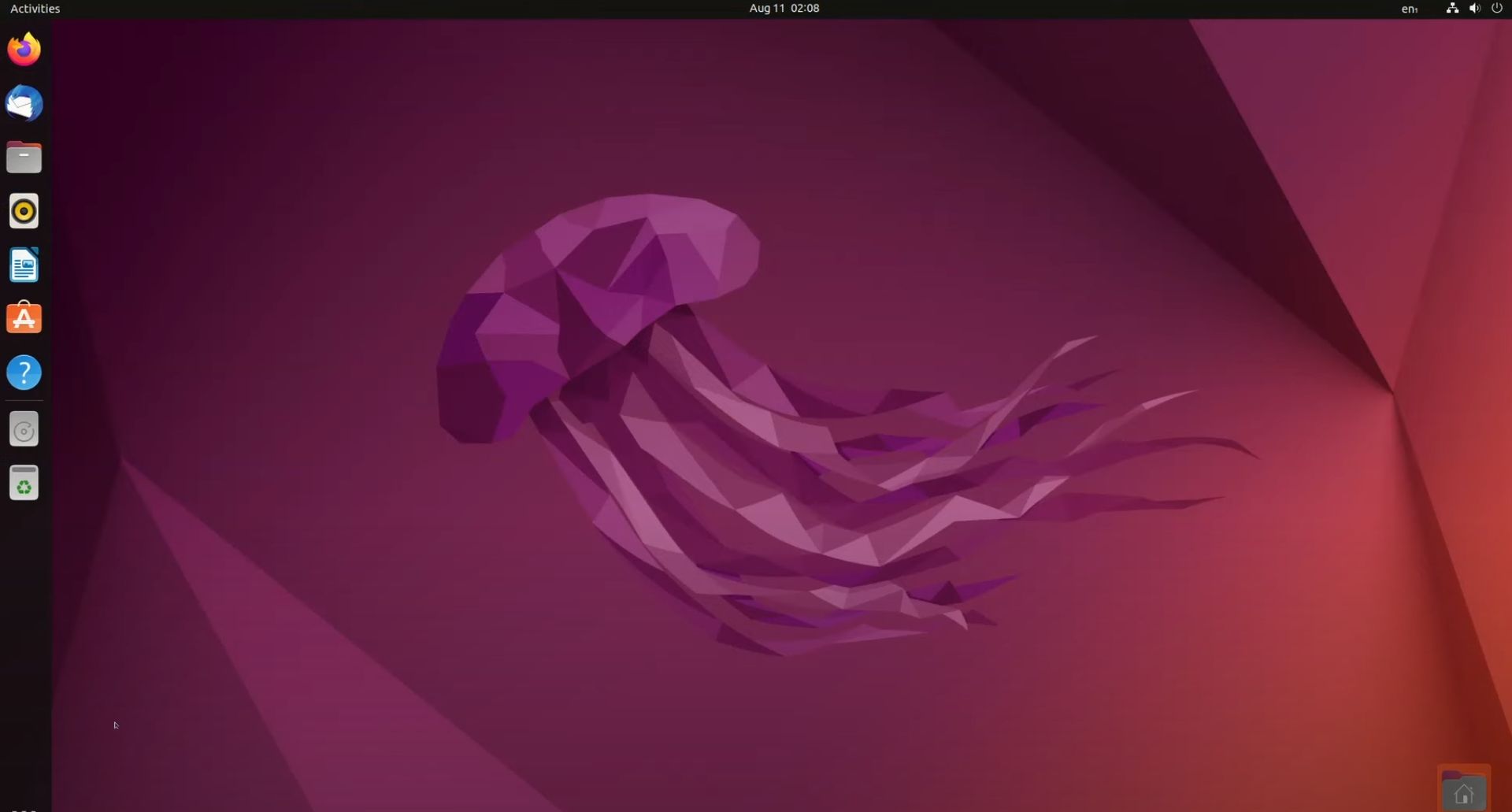
Fedora Linux OS
Fedora is a cutting-edge distribution that stays ahead of the curve by embracing new technologies and features. It is suitable for both desktop and server environments and offers frequent updates. Fedora requires a 2GHz Intel Core i3 processor, 8GB of RAM, and 40GB of free disk space.
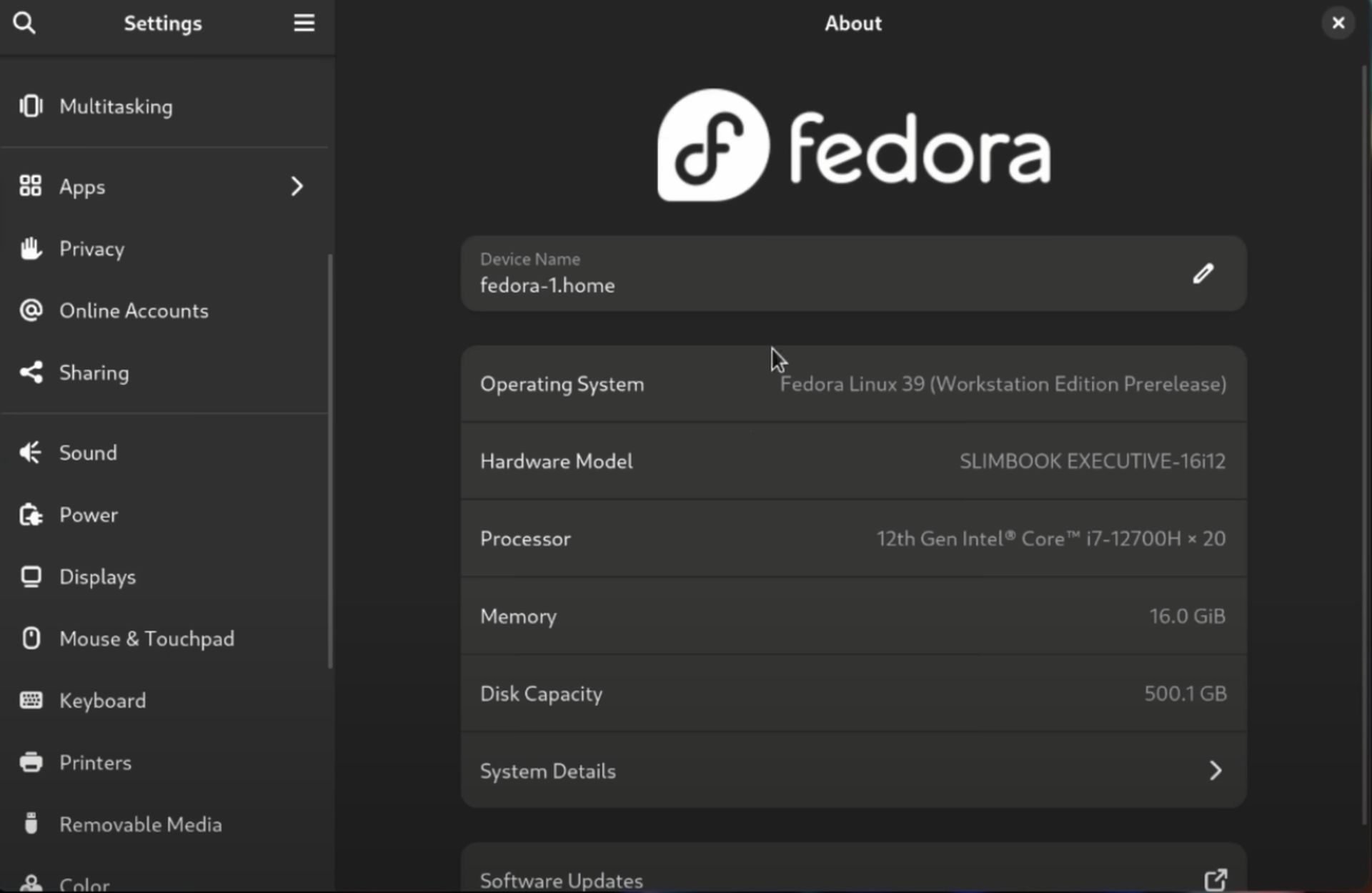
Arch Linux OS
Arch Linux is a fully customizable distro that appeals to advanced users who prefer a hands-on approach to their systems. It offers a lightweight and efficient platform and a vast library of packages through the Arch User Repository (AUR). Arch Linux requires a 64-bit processor, 2GB of RAM, and 20GB of free disk space.
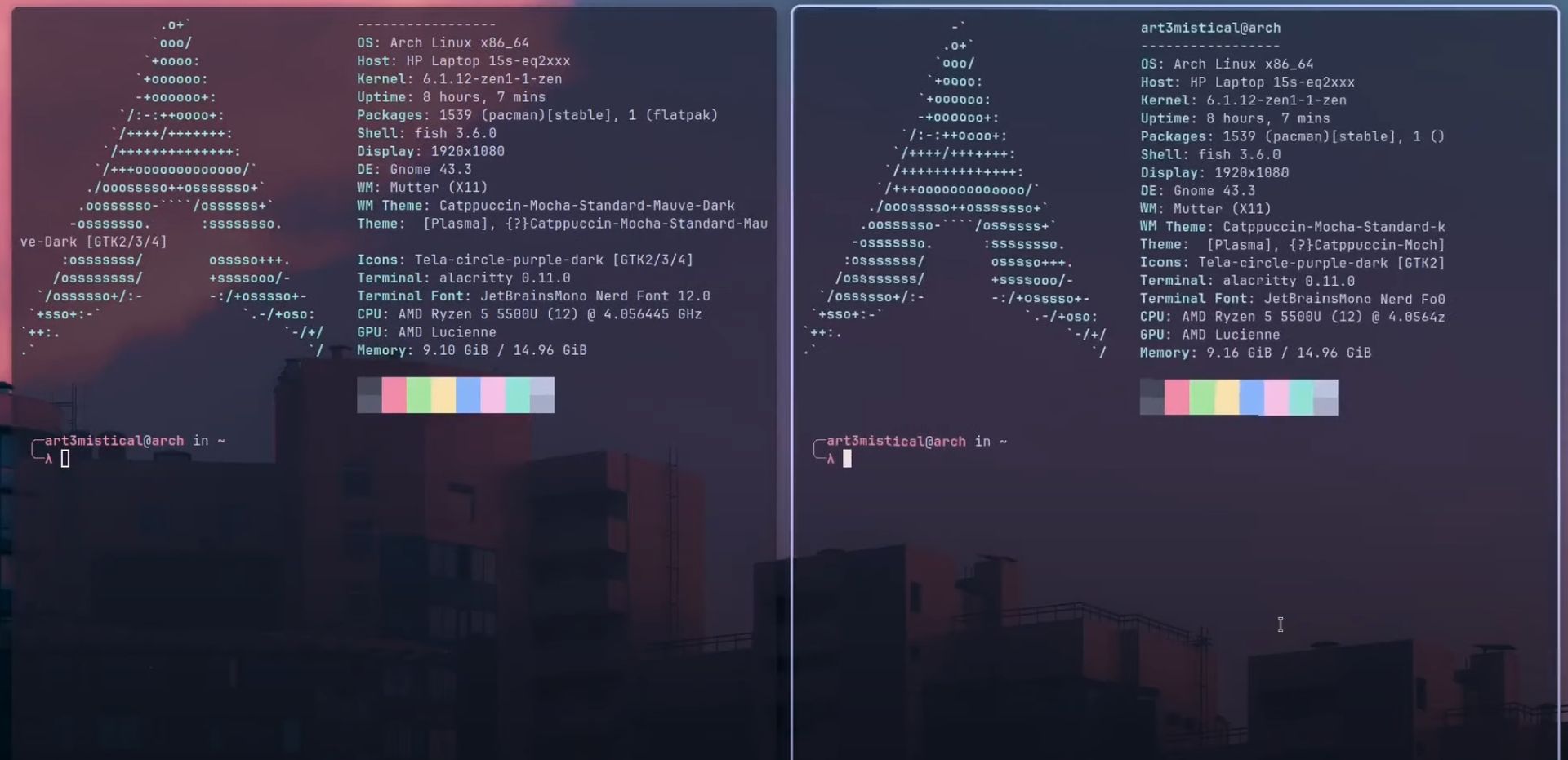
Pop Linux OS
Pop OS is designed with a GNOME desktop environment and offers a refined and intuitive user experience. It was created by System76 and prioritizes providing a seamless experience for developers and general users. Pop OS requires a 64-bit processor, 4GB of RAM, and 20GB of free disk space.
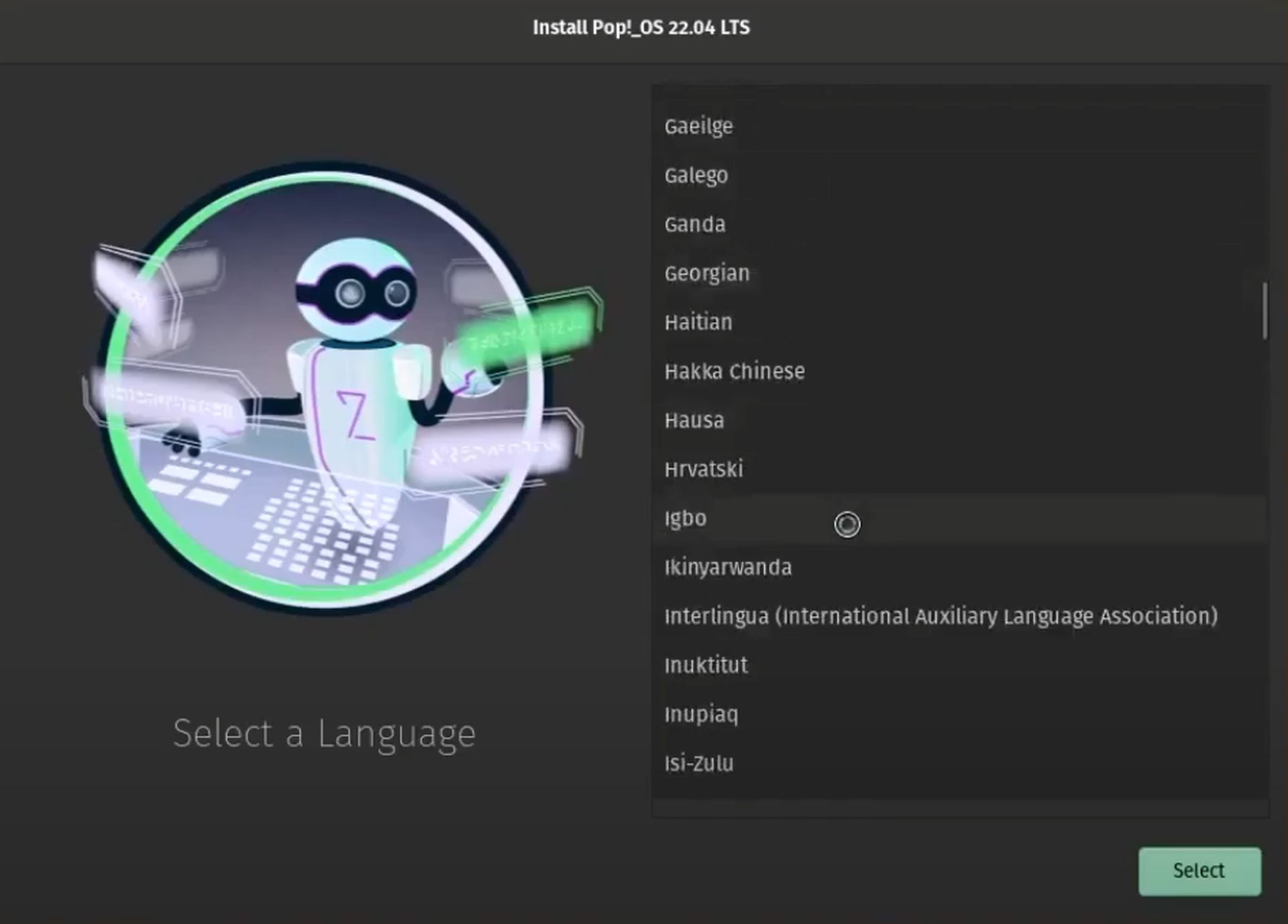
Manjaro Linux OS
Manjaro Linux is a highly efficient and intuitive operating system designed for desktop use. It is built on the foundation of Arch Linux and offers a range of desktop options, including Xfce, KDE, GNOME, and a minimalist Net edition. Manjaro Linux requires a dual-core or higher 64-bit processor, 4GB of RAM, and 30GB of free disk space.
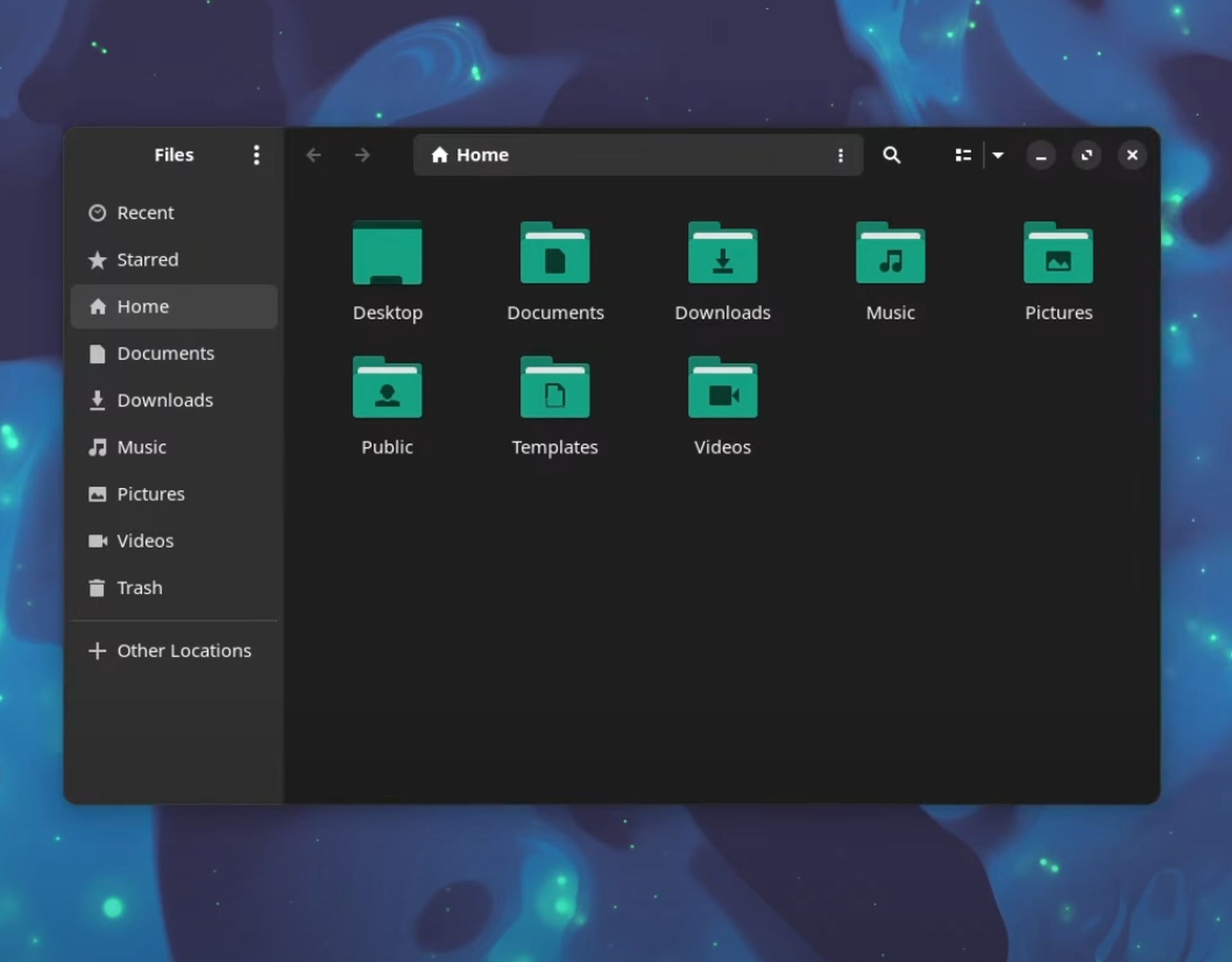
Which Linux distro is most reliable?
There’s no single “most reliable” Linux distro because it depends on what you mean by “reliable” and your specific needs. However, there are a few contenders consistently mentioned for their stability and reliability:
- Debian: Known for its rock-solid stability and thorough testing, Debian prioritizes stability over cutting-edge features. This makes it ideal for servers and critical systems. However, it may not be the best choice for those seeking the latest software.
- Linux Mint: Based on Ubuntu, Linux Mint offers a user-friendly experience with a familiar desktop environment. Its stable release branch prioritizes long-term stability and receives updates for an extended period. While not as bleeding-edge as some other distros, it’s a great choice for beginners and daily use.
- Ubuntu LTS: Ubuntu’s Long Term Support (LTS) releases are renowned for their stability and have received security updates for five years. This makes them popular for desktops and servers where frequent updates might disrupt workflows. However, the regular releases can experience more bugs and instability.
Here are some additional factors to consider when choosing a “reliable” distro:
Your technical expertise: Some distros are easier to use than others. If you’re a beginner, you might want to start with a user-friendly option like Linux Mint.
- Hardware compatibility: Ensure your hardware is compatible with the distro you choose. Some distros are better suited for older hardware than others.
- Software availability: Do the applications you need have packages available for the distro you’re considering?
- Community support: A strong community can be invaluable when you need help troubleshooting.
In conclusion, Linux offers a diverse environment that supports a broad spectrum of needs and preferences. There is a Linux distribution for everyone, whether you’re looking for reliability, cutting-edge features, customization, or ease of use. The five best Linux distros in 2024 above demonstrate this open-source ecosystem’s excellence and diversity. Start your Linux journey now by downloading your preferred distro.
Featured image credit: Kevin Horvat / Unsplash





